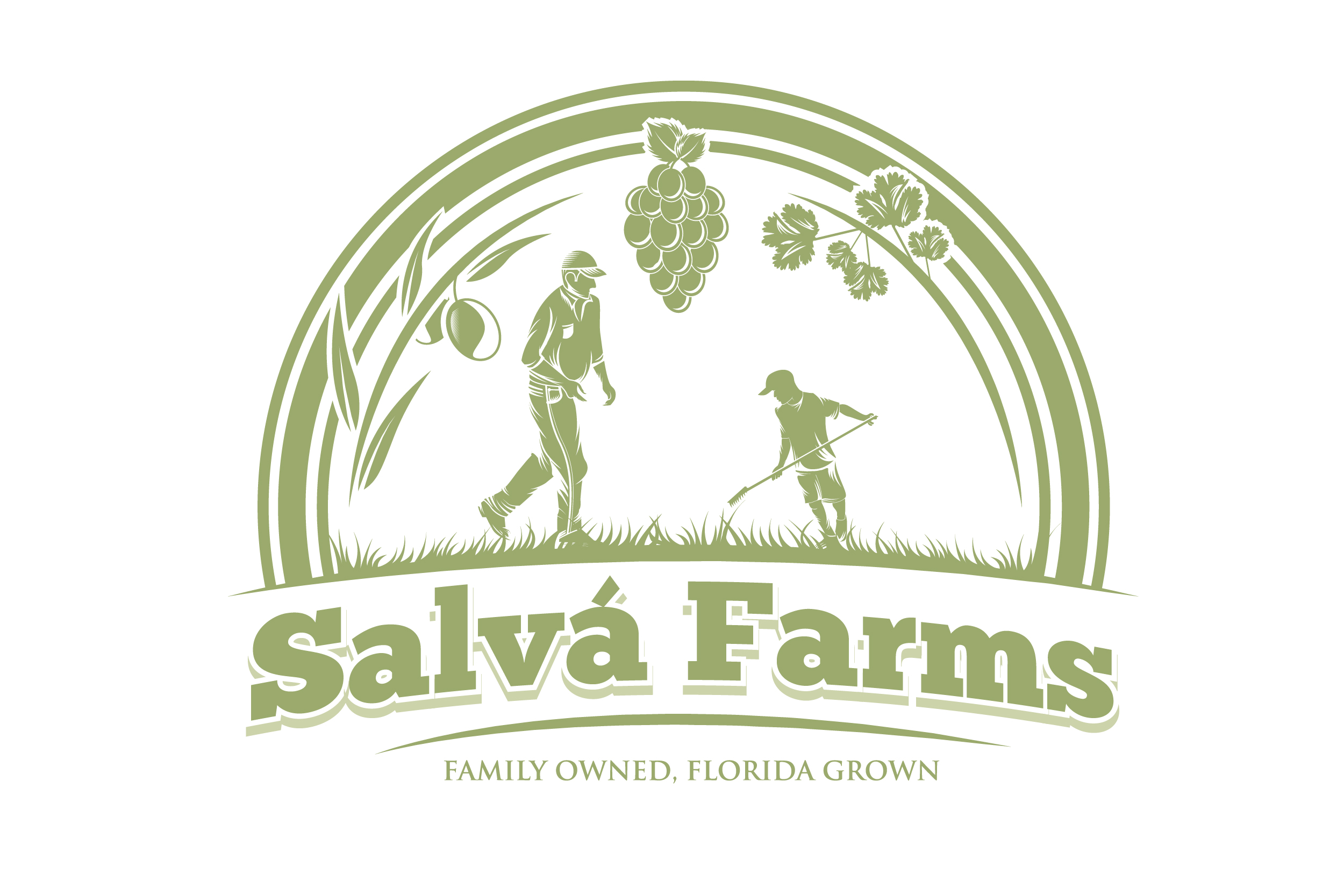I started my farm a little over two years ago, in late 2016. I spent about one year writing the business plan for the farm. The plan consisted of cash crops (peppers and squash), livestock (goats) and a longer term crop (olives). The idea was that the cash crops would provide the cash flow to buy the livestock in the short term, in the mid term the cash flow produced from both cash crops and the livestock will eventually provide the necessary cash to buy the long term crop; the olives. An olive grove can produce for close to 40 years so establishing the long term crop was the key to the business plan. Little did i know that understanding the soil in the farm was the most important step in the whole plan, this is where the NRCS’s Web Soil Survey became very useful.
Needless to say, and I assume this is the case for many beginning farmers, the plan didn’t survive first contact. I have done many things differently, in some cases I have stuck to the plan ( I continue to plant habaneros and I have goats) but many others have not gone as planned. That story is for other posts. As I was driving last night from Florida to Virginia for work I had plenty of time to both listen to podcasts and think about what I would do differently. The first topic that I could think of was that I should have spent more time understanding my soil.
I wasn’t completely clueless when it came to understanding the soil but I should have been more diligent. Before I started transplanting my peppers in 2017 I had already contacted the land grant university in my area, the University of Florida, and had an agent from the Institute of Food and Agricultural Sciences come out to the farm and collect a soil sample. The report was useful, it let me know that I had a fairly neutral pH (6) and that the levels of Nitrogen and Phosphorous were average for my area. I had a slight deficiency in Potassium but not too serious. Finally the extension agent mentioned that I should apply some lime sporadically but that was it. I took all that information, filed it away and went ahead and transplanted the peppers anyways. That first crop was not too bad, a short drought did some damage, and since it was not a total failure I thought I had done ok.
Two years later, a couple of college courses on Soil science and hundreds of hours of podcasts (yes, I am a huge podcast fan, ha) now I know that what I did was the minimum. Understanding our soils is not only the first step but its essential. I want to give credit to the “The Deal with Yield” podcast at WinField United for inspiring this post. I listen to their podcasts regularly and if you want to go in depth into Agri-tech tools that can be used to understand your soils you should check them out. I was listening to them on my way up last night.
Nevertheless if you are starting to farm I recommend the first step that you take is to do just as I did and have your land grant university complete a soil sample of your land. It is fairly cheap . I think I paid $15 for three different samples in my 20 acre farm. After you receive the results of your samples back and discuss the results with your extension agent I highly encourage you to use the NRCS Web Soil Survey to dive deeper into your soil.
NRCS’s Web Soil Survey provides soil data and and information produced by the National Cooperative Soil Survey. Start by clicking on the “Start WSS” green button. This is basically a GIS produced by the USDA. The first thing you have to do is select an Area of Interest, if you put your address it will take you to your farm. Below is how it should look like.


The image shows you the contours of the different kind of soils in your land. The legend tells you soil texture. This is the second step but its important. If you do at a minimum these two things (soil sample and WSS) you will understand your soil pH, major nutrients in your farm and what type of soil texture you have. All of this for maybe $20, the cost of the soil sample, is a good investment. Knowing this before you begin putting crops on the ground will take you a long way. WSS has many more tools that we will go over in other posts but this is very basic knowledge that can help beginning farmers understand their land fairly easily.
Knowledge is power. Knowledge of your soil can lead you into many different topics, from soil horizons, to humus, cover crop rotations, no tilling, nitrogen fixing, etc. It is a good time to be a farmer as far as knowledge is concerned because we have the tools and the expertise available to make informed decisions about our crops and our livestock. Hope this is the start of useful posts that beginning farmers can use to make decisions in their own operations.
Regards,
Juan
